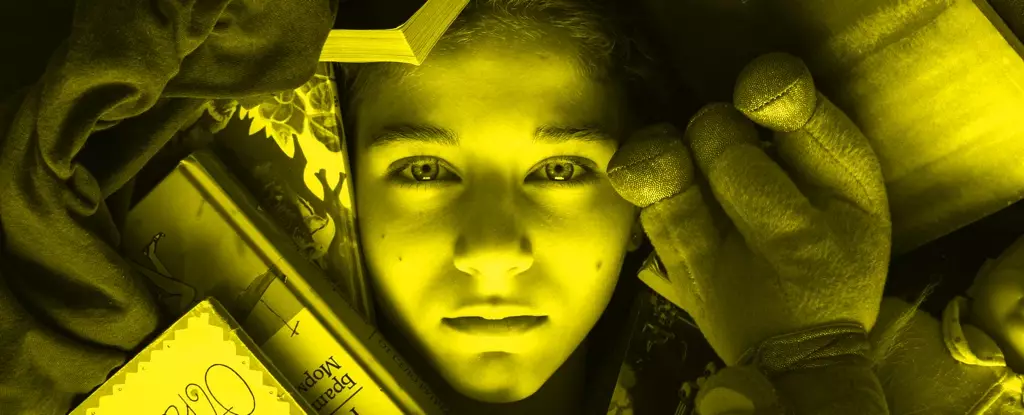Sorting through inherited possessions can unearth a myriad of emotions, reflecting the intricate relationships humans forge with their belongings. A poignant example lies in the simple act of sifting through a box labeled “toothpick holders and other treasures.” This experience transpires not solely as a task of organization but instead offers a lens into familial dynamics, nostalgia, and the broader understanding of human behavior. The seemingly insignificant item, such as a jigsaw puzzle piece, symbolizes deeper emotional ties that illustrate a grander narrative of loss, memory, and the human impulse to cling to the past.
As I helped my mother sift through the remnants of my grandparents’ lives, we discarded 90% of the items. It begs the question, “Why did I keep this?” This inquiry extends beyond personal reflection; it becomes a pivotal matter in the realm of psychology, specifically in understanding hoarding disorder. As a licensed clinical psychologist with a research focus on hoarding, particularly within older adults, I delve into the psychological mechanisms that lead individuals to accumulate and retain items, sometimes to their detriment.
Hoarding disorder comprises a significant psychiatric condition characterized by an incessant urge to save items alongside an overwhelming difficulty in discarding possessions. This compulsion can result in significant clutter that disrupts daily functioning and endangers safety within the household. Interestingly, my observations reveal that a considerable number of adults exhibit hoarding tendencies even if they do not clinically qualify for the disorder. In aging populations, the instinct to retain objects—driven by perceived sentimental value or potential future utility—can intensify, gradually spiraling into compulsive hoarding behavior.
One of the contributing factors to this habitual retention can be linked to age-related declines in executive functioning, which affect decision-making capabilities. Traditional models of hoarding suggest that distress while discarding items plays a crucial role in this ongoing behavior. However, my research indicates a more nuanced reality, particularly among older adults. In a study I conducted, participants exhibited less emotional turmoil when deciding whether to keep or discard items, often feeling positive while engaging with their belongings.
What truly compels individuals to keep items is intricately tied to their personal values and sense of altruism. Older adults frequently express a profound responsibility to safeguard objects, often claiming phrases like, “I need it to go to a good home,” which echo the importance they place on these possessions. Such behavior isn’t necessarily rooted in fear of loss; rather, it reveals a commitment to values that resonate deeply with their identities.
In our recent investigations, we discovered that participants with hoarding disorder tended to score notably high in altruistic traits compared to the general population. This inclination towards altruism informs decision-making processes regarding what to retain or discard, emphasizing the individuality of value systems in shaping our connections to possessions.
Considering these insights, a values-based approach to decluttering emerges as a constructive strategy. Our latest research indicates that aligning decluttering efforts with personal values can lessen household clutter and enhance emotional well-being. Over the course of six weeks, clinicians engaged individuals with hoarding tendencies using motivational interviewing, which allowed participants to articulate their values while sorting through their items.
This method proved invaluable, steering the focus away from immediate sentiments and encouraging individuals to reflect on overarching long-term goals. For instance, a decision to discard an item becomes less about the object itself and more about how it aligns with their core values and aspirations.
For those struggling with clutter, taking actionable steps rooted in personal values can make a substantial difference. Begin by documenting the values that truly matter to you. For instance, if community and heritage resonate deeply, that might influence how you approach keeping family heirlooms versus modern purchases. Establishing clear, value-driven goals throughout your decluttering journey will keep motivation high.
Additionally, recognize that conflicting values often arise during the process. It’s valuable to engage in self-reflection, weighing whether retaining or discarding promotes fulfillment in your space’s purpose. Finally, approach decluttering collaboratively with a loved one by fostering an understanding environment—what may appear trivial to you may hold profound significance to them. The challenge lies not just in letting go of items but in conferring value to the emotions and stories each object carries.
Recognizing that the act of retaining items frequently extends beyond rationality touches on deeper psychological facets of identity, memory, and emotion. Understanding hoarding as a complex interplay of values, emotions, and cognitive challenges allows for more compassionate interventions that connect individuals to their homes and, ultimately, to each other.

Leave a Reply